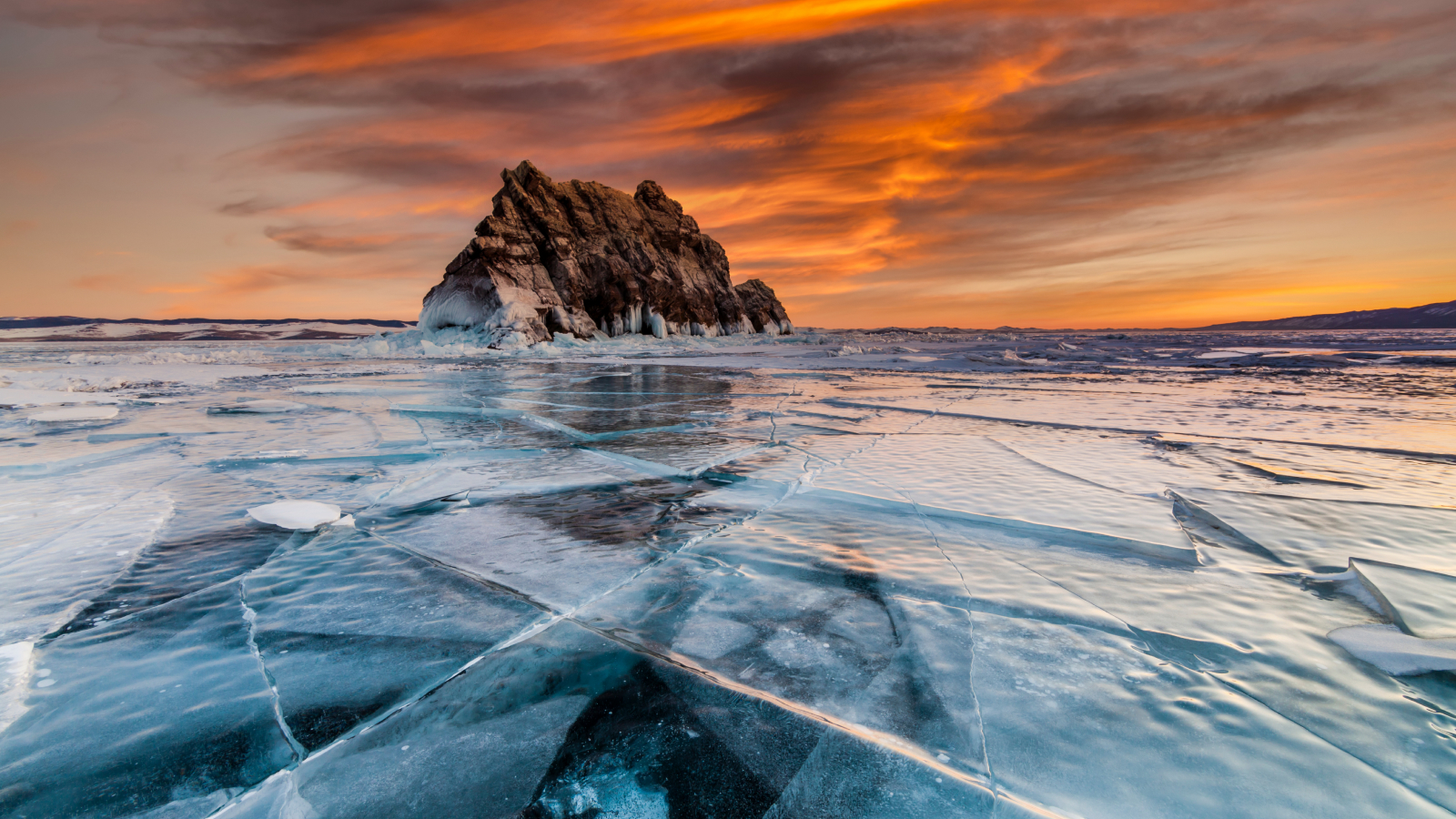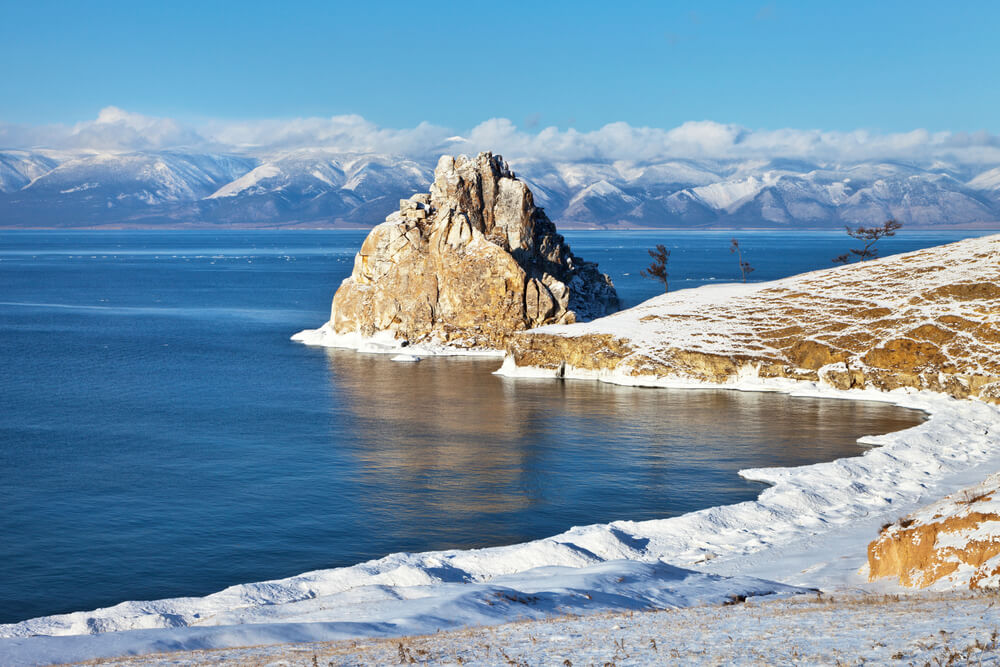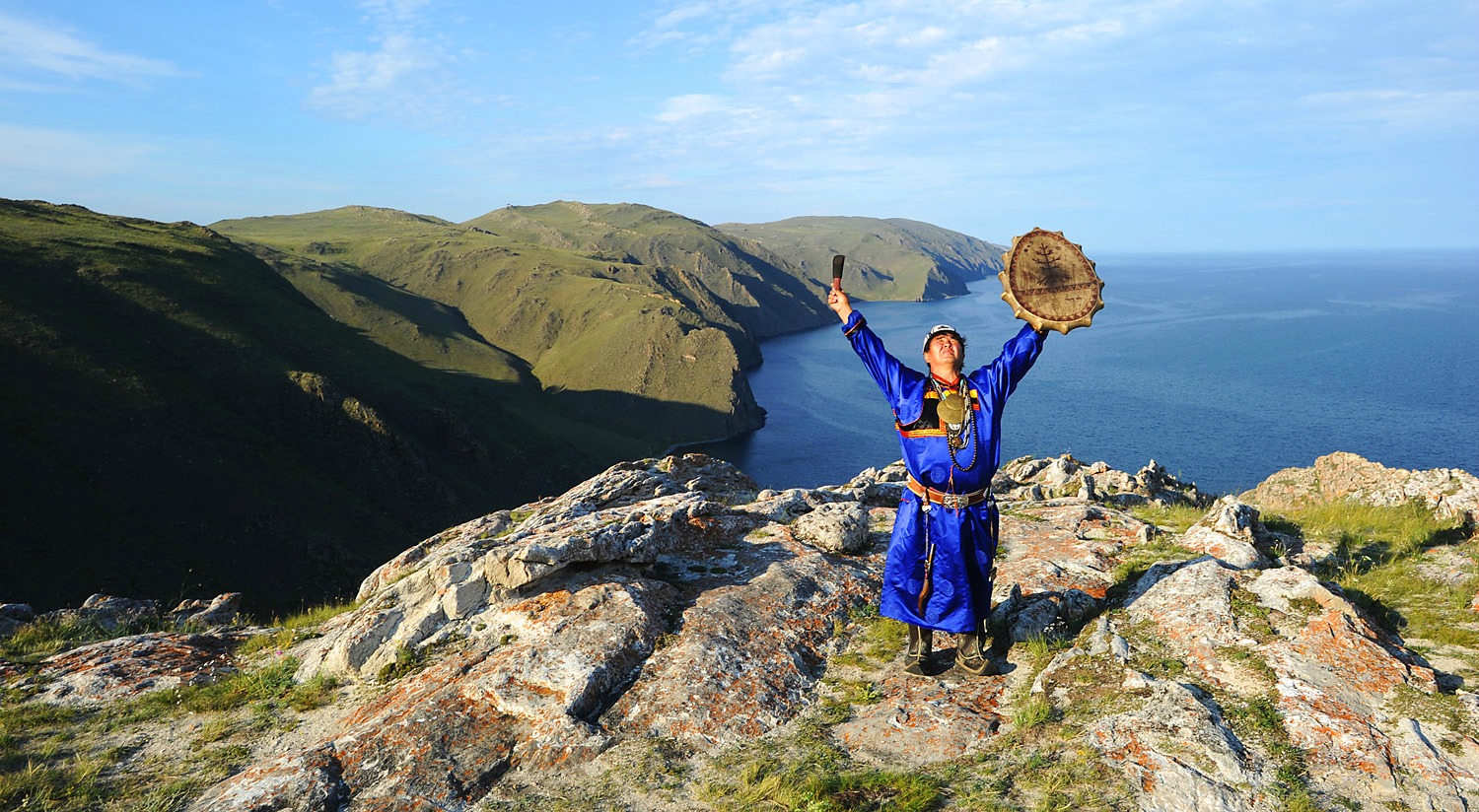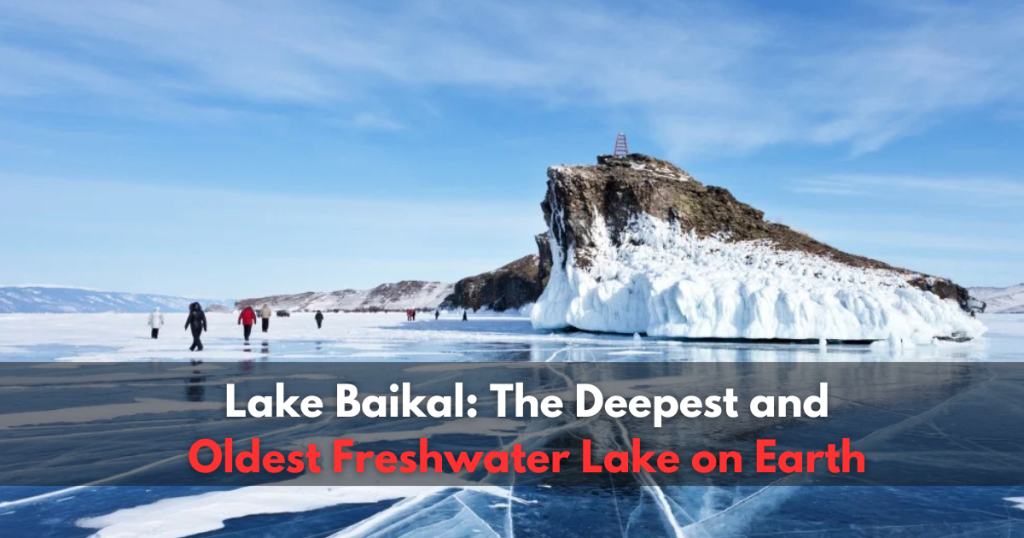Introduction to Lake Baikal
In the mountains of Siberia lies Lake Baikal, a natural wonder. It captivates both visitors and scientists. This ancient lake is the deepest and oldest freshwater lake on Earth. It is famous for its great depth and pristine waters. Lake Baikal has unique biodiversity. It is home to species found nowhere else. This article explores the lake’s geology, ecosystem, and culture. It shows why Lake Baikal is a unique natural treasure.
Geological Origins: A Window into Earth’s Past

The Formation of Lake Baikal
Lake Baikal’s origins trace back to more than 25 million years ago, making it the oldest lake in existence. Baikal is a rift valley formed by tectonic activity. It is widening by two centimeters each year. Lake Baikal’s geological activity created its immense depth: 1,642 meters (5,387 feet). It is the world’s deepest freshwater lake.
Unique Geological Features
The tectonic forces shaping Baikal’s basin have created a distinct geological landscape. Its floor has layered sediments. They hold data about Earth’s climate and evolution. Studying these layers helps scientists understand ancient climate shifts. It also shows the effects of natural events on regional ecosystems. Lake Baikal’s sediment layers date back millions of years. They are a unique archive of Earth’s geological history.
The Ecosystem of Lake Baikal: A Biodiversity Hotspot

Flora and Fauna Unique to Lake Baikal
Lake Baikal is famous for its biodiversity. It has about 1,700 species of plants and animals. Remarkably, nearly two-thirds of these species are endemic. They exist only in Lake Baikal and nowhere else on Earth. One of its most famous residents is the Baikal seal, or nerpa. It is the only freshwater seal species in the world. Scientists theorize that, millions of years ago, seals became isolated from the ocean. They then evolved to thrive in Baikal’s icy waters.
The lake has unique fish, like the omul and golomyanka. They are prized for their cultural and culinary significance in the region. The golomyanka, a translucent fish, lives at over 1,000 meters deep. It epitomizes Baikal’s unique aquatic life.
The Role of Microorganisms
Not only do visible species contribute to Baikal’s ecosystem, but so do microorganisms. Microscopic algae, zooplankton, and bacteria are vital to the lake’s health and clarity. Epischura baikalensis is a unique zooplankton in Baikal. It filters impurities from the water, keeping it clear and clean. The lake’s clarity, often reaching depths of 40 meters, is in part due to these microorganisms.
Environmental Importance of Lake Baikal

A freshwater reservoir of global significance.
Lake Baikal holds 20% of the world’s unfrozen freshwater. It’s a vital resource as water scarcity grows. This reservoir holds about 23,000 cubic kilometers of water. That’s more than all of North America’s Great Lakes combined. Baikal provides much of the world’s freshwater. So, it must be preserved. Climate change and pollution threaten freshwater ecosystems.
Climate Regulation and Carbon Sequestration
Lake Baikal also plays a crucial role in climate regulation. The lake’s forests and plants are carbon sinks. They absorb CO2 and help fight climate change. Also, the vast water body stabilizes the local climate. It keeps summers cooler and winters warmer in the surrounding region. This effect is vital to the biodiversity that depends on the lake’s unique climate.
Threats Facing Lake Baikal

Pollution and industrial waste
Despite its remote location, Lake Baikal is not immune to environmental threats. Factory waste has polluted the lake for decades. This has harmed its delicate ecosystem. The Baikalsk Pulp and Paper Mill, which ran for over 50 years, released toxic chemicals into the lake. The mill closed in 2013, but pollution remains. Efforts to clean it up and prevent more contamination are ongoing.
Climate Change and Water Temperature Rise
Climate change poses a long-term threat to Baikal’s unique ecosystem. Rising temperatures in the lake’s surface waters disrupt native species’ life cycles. Warmer water lowers the oxygen levels that nerpa seals and other native lake species need. Also, warmer waters help Spirogyra, an invasive green algae. It suffocates the lake’s natural habitat.
Invasive Species
Invasive species like Spirogyra have spread rapidly in recent years. They are harming the lake’s native plants. Spirogyra growth has smothered endemic species and threatens Baikal’s pristine water clarity. To protect the lake’s biodiversity, scientists and conservationists are studying ways to control invasive species.
Conservation efforts to protect Lake Baikal

Legal Protections and International Recognition
In 1996, UNESCO named Lake Baikal a World Heritage Site. It recognized its environmental value and the need for protection. Russian laws protect Baikal from pollution and unchecked industry. But enforcement is hard. The lake is vast and threats are complex.
Scientific Research and Monitoring
The Baikal Institute of Nature Management and the Russian Academy of Sciences monitor Lake Baikal’s health through research. Satellite and in-lake systems track changes in water temperature, pollution, and biodiversity. These studies are vital for detecting environmental shifts early. They guide policies to protect the lake’s ecosystem.
Community and grassroots initiatives
The Buryat and Evenk people consider Lake Baikal sacred. They have long integrated conservation practices into their cultural traditions. Environmental groups have led grassroots movements to clean the lake’s shores and raise awareness about conservation. These local initiatives are vital. They foster a sense of duty to preserve Baikal for future generations.
Cultural and Spiritual Significance of Lake Baikal

Baikal in Folklore and Tradition
Lake Baikal is a key part of the Buryat people’s culture. Legends describe the lake as a sacred entity, and it often features in Buryat folklore. One popular legend tells of Baikal as a father figure, with the Angara River as his daughter. Angara’s love for the Yenisei River is said to have caused her to flee, leaving Baikal in sorrow. To this day, Baikal’s connection to Angara is symbolized by a rock known as Shaman Rock at the mouth of the river.
Lake Baikal is a destination for eco-tourism.
Baikal’s natural beauty and cultural significance attract thousands of visitors annually. Ecotourism is now a popular way to explore Baikal’s unique ecosystem. It lets travelers do so responsibly. Hiking, bird-watching, and ice-skating on the frozen lake are sustainable tourism options. Local guides and indigenous communities often lead tours. They educate visitors about Baikal’s ecology and its conservation needs.
Conclusion: Preserving a Natural Wonder for Future Generations
Lake Baikal is more than the deepest, oldest freshwater lake. It is a vital resource, a biodiversity hotspot, and a symbol of beauty. We must preserve Baikal. It is home to unique species. It also has cultural and environmental value. To protect this natural wonder, we need to act. Climate change and pollution threaten its pristine waters. We must cooperate internationally, conduct scientific research, and support local conservation efforts. We can help ensure that Lake Baikal inspires awe for generations all of uscan do this by raising awareness and supporting sustainable practices.


